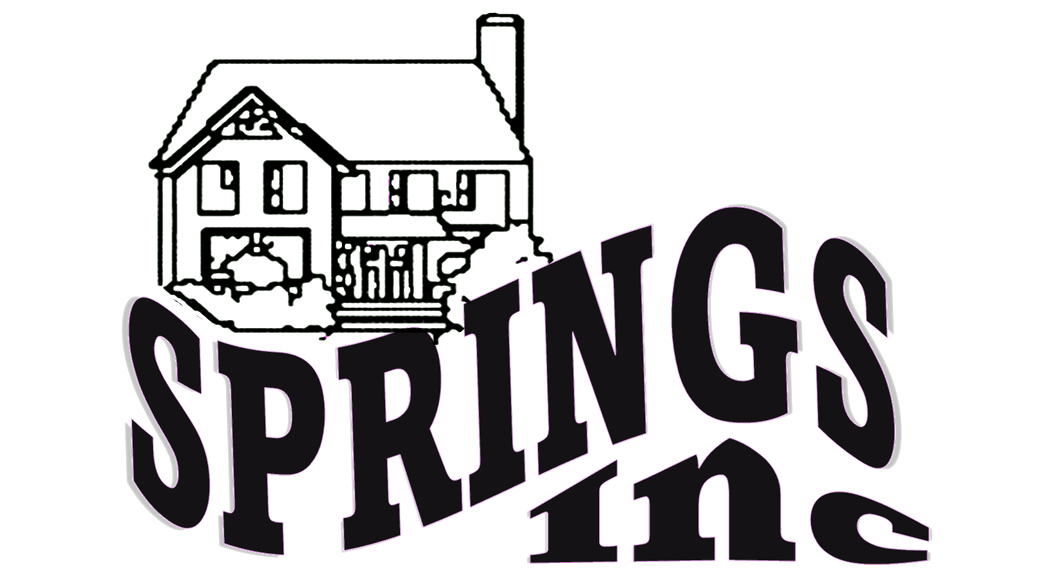1.5. Universal Precautions
In an attempt to provide a safe environment for all employee and residents, universal precautions of basic blood and body-fluids isolation have been developed in response to concern over transmission of the human immunodeficiency virus (HIV). Transmission occurs for modes:
- Sexual contact involving exchange of body fluids (blood, semen, or vaginal secretions)
- As a result of sharing contaminated needles and syringes
- Transfusion of blood and blood products contaminated by HIV or in contact
- Transmission from an infected mother to her unborn infant.
HIV is not easily transmitted. There is no evident that HIV is spread by casual contact. Although nosocomial transmission is a rare event, emphasis is placed on employee’ rigorous adherence to existing infection control recommendations for minimizing the risk of exposure to blood and body fluids of all individuals regardless of their isolation precautions, status or diagnosis. Basic aseptic techniques practiced by the employee can prevent HIV transmission in the health care setting.
BASIC BLOOD AND BODY-FLUID PRECAUTIONS
Universal precautions include but are not limited to the following procedures:
- Hands should always be washed before and after contact with individuals. Hands should be washed even when gloves have been used. If hands come in contact with blood, body-fluids or human tissue, they should immediately be washed with soap and water.
- Gloves should be worn when contact with blood, body-fluid, tissues, or contaminated surfaces is anticipated.
- Gowns or plastic aprons should be worn when blood spattering is likely to occur.
- Masks and protective goggles should be worn if aerosolization or splattering are likely to occur, such as in certain dental procedures and wound irrigation.
- To minimize the need for emergency mouth to mouth resuscitation, mouth pieces, resuscitation bags, or other ventilator devices should be strategically placed and located and available for use in areas where the need for resuscitation is predictable.
- Sharp objects should be handled in such a manner to prevent accidental cuts or punctures. Used needles should not be bent, broken, reinserted into their original sheath, or unnecessarily handled. The needle disposal box. These needle disposal boxes should be readily accessible, placed in all clinical areas, and in individual rooms where indicated. All needles stick accidents, mucosal splashes, or contamination of open wounds with blood or body-fluids should be immediately reported to one’s supervisor.
- Blood spills should be cleaned up promptly with a disinfectant solution of 1 part bleach to 10 parts water.
- All blood specimens should be considered bio-hazardous.
- Clothing/bedding etc. contaminated with blood or body fluids should be discarded or laundered immediately.
These recommendations of precautions for all blood and body-fluid exposure apply to all individuals and such precautions should be applied universally. These recommendations concur worth the Center for Disease Control, the American Hospital Association – Advisory Committee on infectious Diseases, as well as the Association for Practioners in infection control. The use of blood and body-fluids precautions represents the best method to protect employees and residents against HIV transmission rather than routine HIV testing all individuals. Reliance on a negative HIV test results to determine whether to apply specific precautions may lead to false sense of security and taking of unreasonable risk. However, the above agencies continue to emphasize the value of the HIV serologic testing for individual diagnosis and management on a selective case by case basis.
HANDWASHING
As part of a common sense approach to a safe health care environment, emphasis needs to be placed on frequent and appropriate hand washing. Please note that the hand washing steps includes the following steps:
- Stand near wash basin but avoid touching the basin with your hands.
- Wet hands and four inches of forearms thoroughly with warm water. Apply soap.
- Using circular strokes, wash for 15 seconds paying particular attention to fingers and nails.
- Rinse hands, while they are held downward.
- Dry hands with towels
- Use paper towels to turn off faucets.
NEEDLES AND SHARPS DISPOSAL
A common sense approach to a safe environment includes correct disposal of needles and other sharps.
- Used deposable needles or other sharps must be disposed of without breaking or recapping the unit.
- Needles and other sharps will be placed in a puncture resistant box with a large opening that is labeled with a bio-hazard sicker.
- When a sharps container becomes full, staff will seal the container shut with tape.
- Staff will inform supervisor when sharps container becomes full.
- Director will make arrangements for the proper disposal of the sharps container.
Sharps containers are located in each group home and supported living program that would have need of such container.
